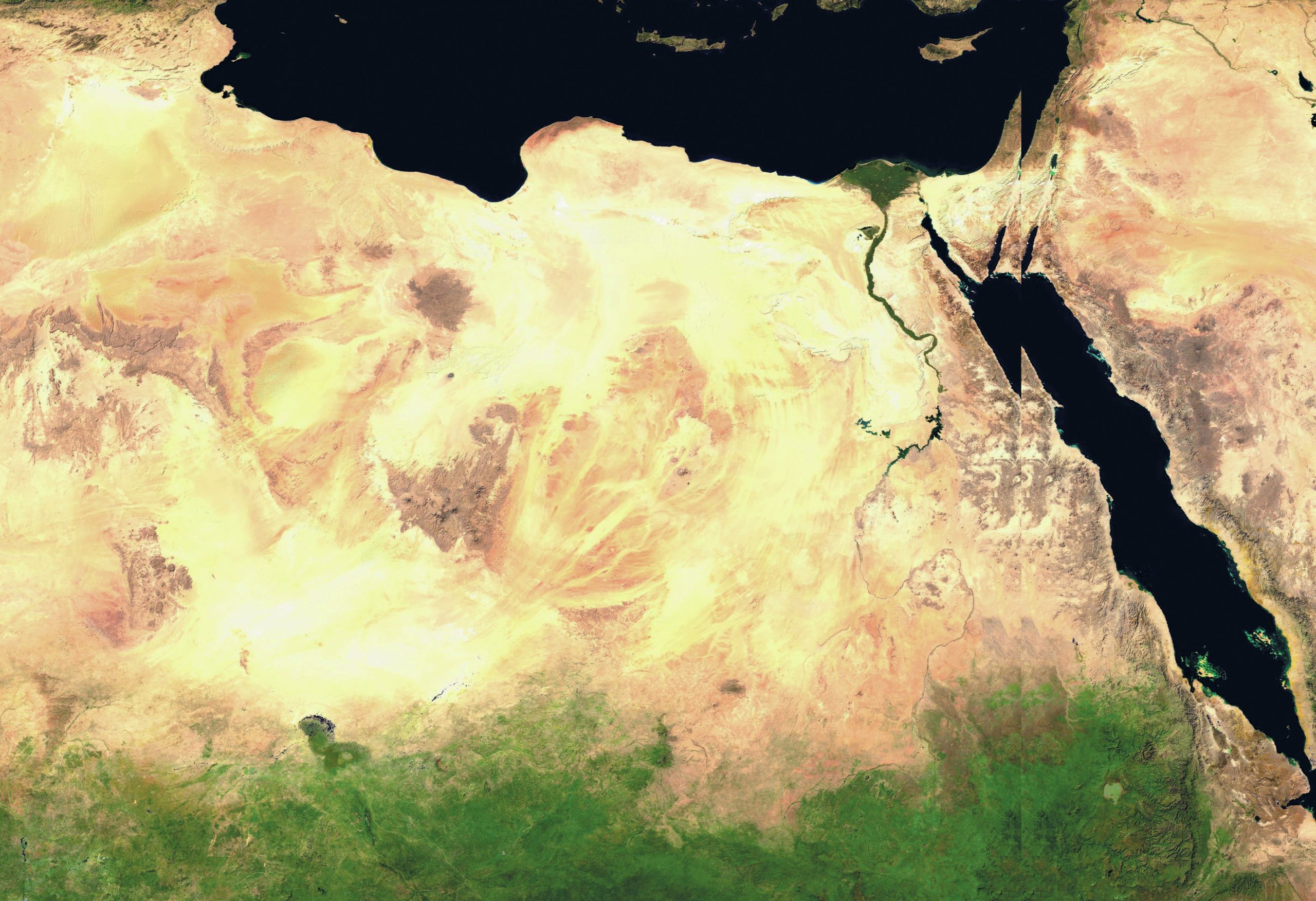
The Nile has a catchment of 3.3 million km2 . It drains one tenth of the African continent via a river network that extends from south of the equator to the Mediterranean Sea. Nile hydrology is controlled by the great diversity of its climates and landscapes, in particular the summer monsoon, equatorial rainfall and the Sahara Desert. The two main tributaries, the Blue and White Nile, meet at Khartoum, the capital of Sudan.
Nile discharge rises quickly from late June and peaks in late August or early September. Figure 1 shows a typical flood recorded at Aswan before the building of the High Aswan Dam in 1964. The intensity of the summer monsoon is a key control on flood magnitude, which can change year to year. The El Niño Southern Oscillation (ENSO) is important — high summer rainfall and bigger floods tend to occur during La Niña years, dry years with smaller floods during El Niño years. The Desert Nile and its reservoirs lose large volumes of water to evaporation and seepage.
Your organisation does not have access to this article.
Sign up today to give your students the edge they need to achieve their best grades with subject expertise
Subscribe




